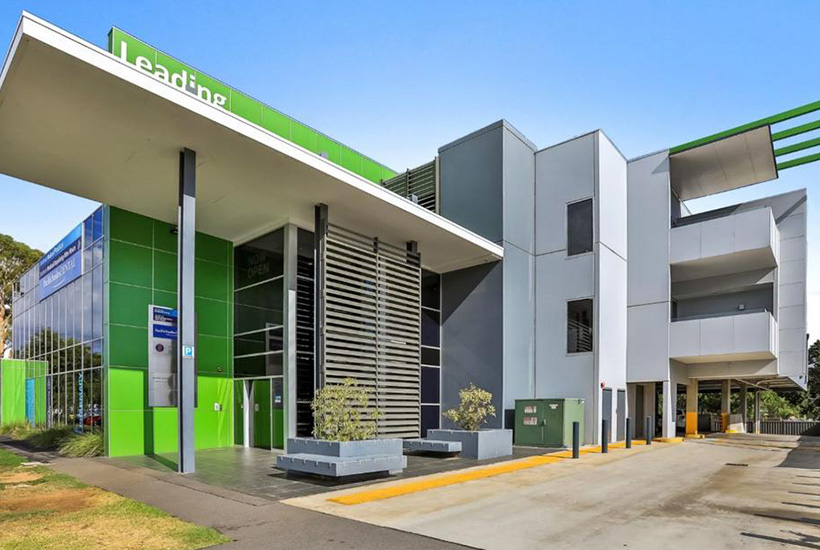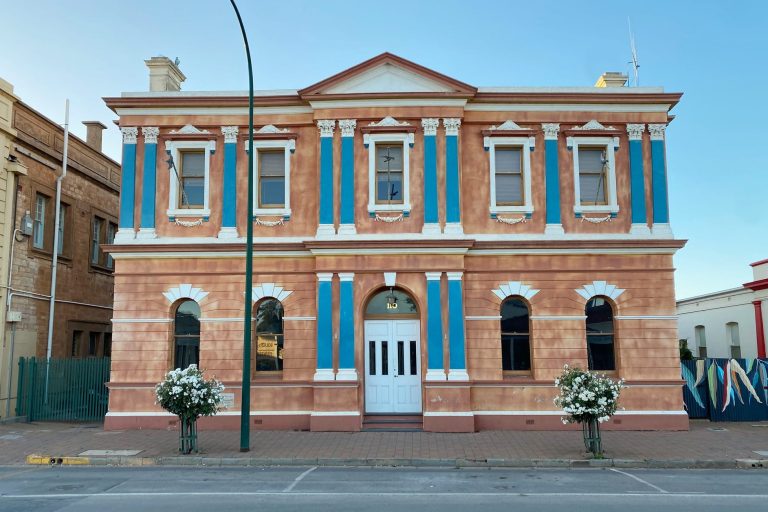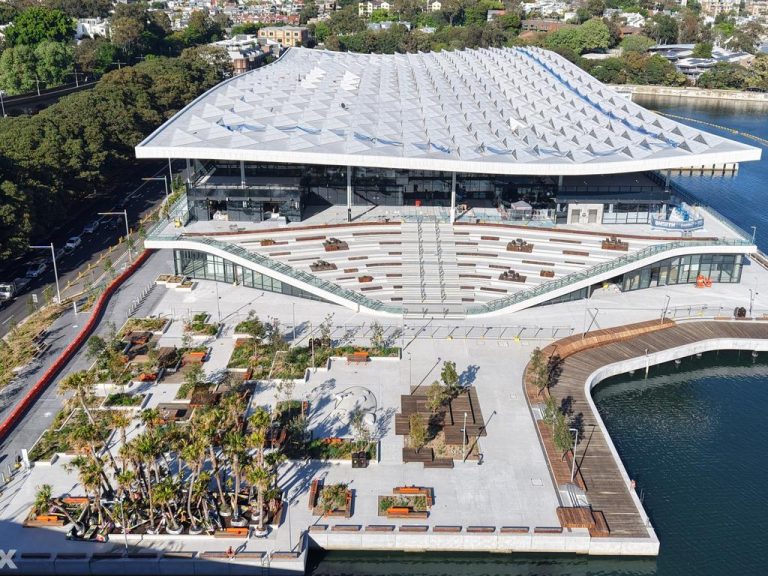Medical industry an untapped property goldmine

The popularity of our education sector overseas, particularly from Asian students, has been a huge export success. It is now our number one service export and our third largest overall after iron ore and coal.
Last year it accounted for $28 billion worth of export, more than four times that of beef, our largest agricultural export.
Sydney and Melbourne in particular have been big beneficiaries from the growth of this sector, with both cities seeing dollars flood in from overseas students.
Commercial Insights: Subscribe to receive the latest news and updates
Globally, the Australian brand is strong, so it is completely feasible that our medical industry could replicate the success of education. Little wonder then that the $1.3 billion Medical Industry Plan was announced as part of the most recent federal budget.
The huge growth in international students has had a strong positive influence on property and the economy more generally. On realestate.com.au, the most popular suburbs with property seekers from Asia are university suburbs, particularly those in Melbourne, and the record levels of development in inner Melbourne could not have been sustained without these students — not just from buyers but also renters.
Existing precincts in Sydney and Melbourne are already home to large pharmaceutical firms and there is no reason why other cities, and even regional areas, couldn’t benefit
There are also flow-on impacts to the office markets, with many tertiary facilities taking on secondary office space. The construction sector has also benefited from the development of new buildings within universities, and beyond that, students spend money on retail and travel.
The sector, however, is not without risk. Eventually, studying in Australia will no longer be so aspirational. Universities in China and India, where around 40% of students are coming from, will get better and will eventually be considered world-class.
Our medical industry could easily step into the void — we are clearly already good at teaching people and we now need to use this brain power to get better at developing things. We currently export $3 billion to $4 billion of medicinal and pharmaceutical products, which is just a fraction of our education exports.
Globally, the pharmaceutical industry alone is worth $1.5 trillion per year. However, we can expect this to grow significantly, driven by demographic changes and rising middle class populations.
Even if we can tap into a small proportion of this market, it could easily overtake many of our resource exports. This is possible not just because we have an education sector that many aspire to, but also because we have already shown we are very good at developing new medical and pharmaceutical products.
Millions of people around the world have benefited from Australian inventions such as Cochlear implants, Gardasil and spray-on skin.
We currently export $3 billion to $4 billion of medicinal and pharmaceutical products, which is just a fraction of our education exports
The impact on the property market of strong growth in our medical industry will not be like education, where residential apartments were a clear beneficiary. It will, however, be good news for industrial and office markets.
Existing precincts in Sydney and Melbourne are already home to large pharmaceutical firms and there is no reason why other cities, and even regional areas, couldn’t benefit.
Locating close to universities with medical research arms, or large hospitals, would also make sense. Australia is well known for relying on its resources for economic growth, but increasingly our people will play a greater role.
Nerida Conisbee is chief economist at REA Group.
This article originally appeared on www.theaustralian.com.au/property.







